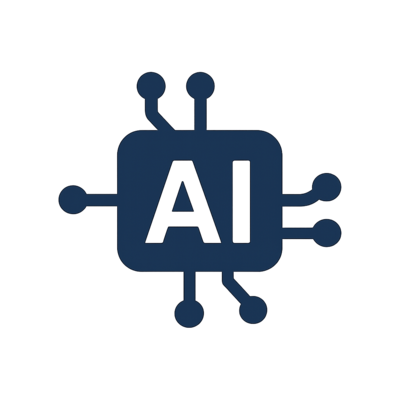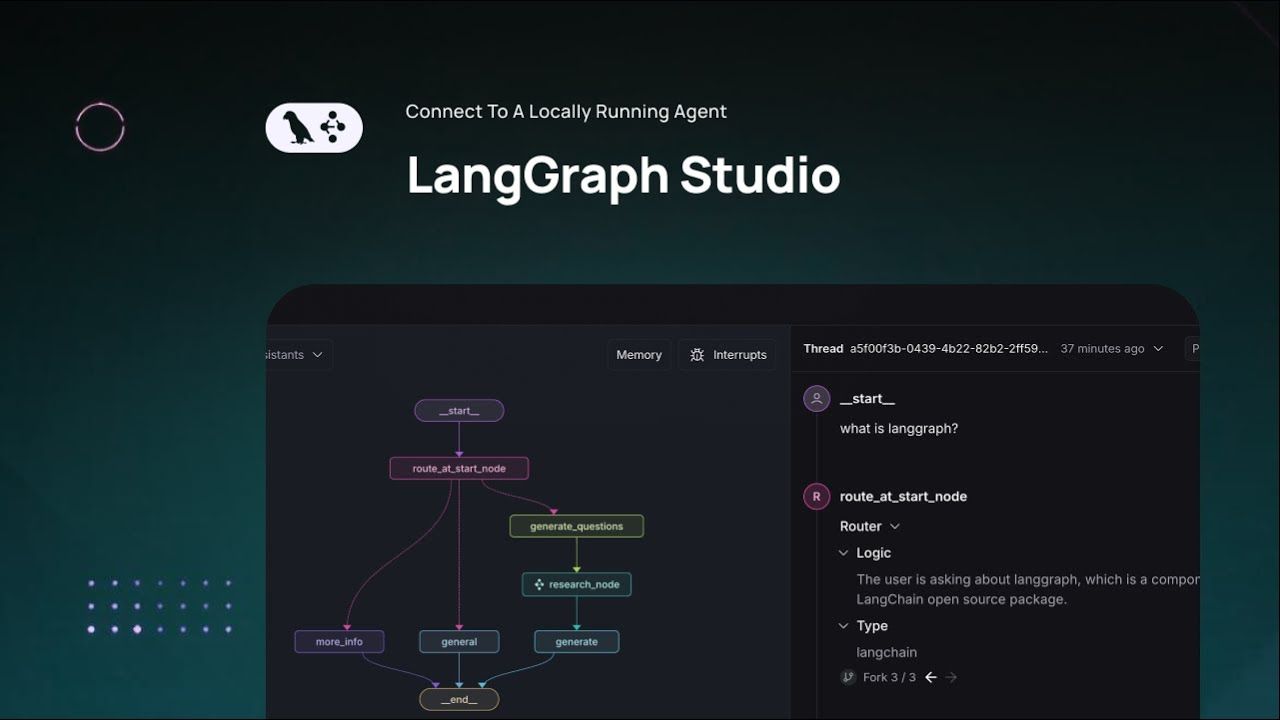
Langgraph
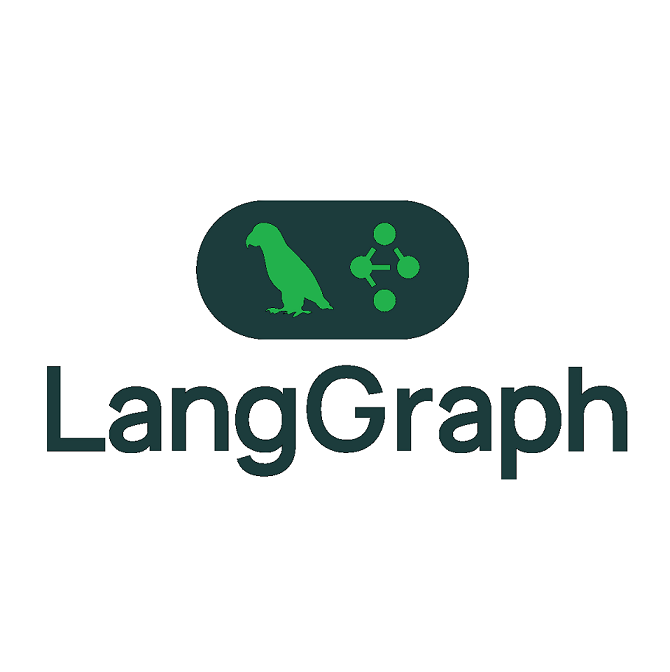
LangGraph is an open-source framework for building stateful, multi-agent applications powered by large language models. It enables developers to design, orchestrate, and manage intelligent agents that reason, remember, and collaborate across complex workflows. LangGraph provides a graph-based architecture for creating adaptive AI systems with persistent memory, tool integration, and controllable logic—making it ideal for scalable, production-ready agent development.
Langgraph Details
Ready to try Langgraph?
Check out Langgraph for pricing and explore how it can streamline your workflow.
Overview of Langgraph
What Is LangGraph?
LangGraph is an open-source framework for building stateful, multi-agent applications using large language models. Created by the team behind LangChain, LangGraph introduces a new way to design AI systems that can reason, plan, and coordinate across complex workflows.
Unlike traditional chatbots, LangGraph lets developers define graphs of nodes—each representing a tool, model, or function—that work together in loops and branches. This graph-based design makes it possible to build AI agents with memory, control flow, and persistence—all while maintaining transparency and flexibility.
LangGraph is the foundation behind the next generation of autonomous AI agents, capable of managing projects, executing business logic, or integrating with enterprise tools.
How To Use LangGraph
LangGraph can be installed via pip (pip install langgraph) and extended from existing LangChain projects. Developers define nodes (tools, models, or logic functions) and connect them through a graph configuration that determines how information flows.
Using LangGraph’s state management system, you can give agents long-term memory, decision-making abilities, and multi-step reasoning across sessions. The framework also includes integrations for OpenAI, Anthropic, Google Gemini, and other APIs, allowing developers to orchestrate complex agent behaviors with ease.
To get started:
- Install LangGraph and LangChain.
- Define your nodes (LLM calls, conditionals, tools, etc.).
- Create an agent graph using LangGraph’s
StateGraphorMessageGraphAPI. - Run and monitor your agents in a loop or deploy them with persistence.
LangGraph is compatible with major AI ecosystems such as LangSmith (for observability), LangServe (for deployment), and LangChain Hub (for templates).
LangGraph Key Features
- Graph-Based Architecture: Build AI workflows as modular, connected graphs instead of linear chains.
- Stateful Memory: Agents persist information across steps and sessions for long-term reasoning.
- Multi-Agent Coordination: Create multiple agents that communicate and collaborate within a shared graph.
- Control Flow Logic: Add conditionals, loops, retries, and branching for complex decision paths.
- Tool Integration: Connect agents to APIs, databases, CRMs, or custom functions via LangChain tools.
- Streaming and Persistence: Keep conversations and states alive over time, enabling continuous agents.
- Observability and Debugging: Integrated with LangSmith for real-time tracing, analytics, and debugging.
- Open Source and Extensible: Fully open-source under the LangChain ecosystem, with community support and frequent updates.
LangGraph Use Cases
- Autonomous AI Agents: Build agents that plan tasks, execute actions, and report results automatically.
- Workflow Automation: Replace static business processes with adaptive, intelligent automation flows.
- Customer Support Systems: Create proactive agents that handle multi-step resolutions and remember context.
- AI Research Assistants: Manage multi-turn reasoning, citations, and dynamic retrieval using tool graphs.
- Data Analysis Agents: Connect LLMs to data warehouses and analysis tools for real-time insights.
- DevOps and API Orchestration: Automate technical workflows across APIs, databases, and cloud systems.
LangGraph FAQ
- Is LangGraph free or paid?
LangGraph is fully open-source and free to use under the LangChain ecosystem license. - Does LangGraph have an enterprise version?
LangGraph can be integrated with LangSmith and LangServe for enterprise-grade monitoring, deployment, and scalability. - Does LangGraph require LangChain?
LangGraph extends LangChain, but can also work independently with any Python-based tool or model API. - Can I deploy LangGraph in production?
Yes. LangGraph applications can be deployed via LangServe, FastAPI, or your preferred orchestration framework. - Does LangGraph store user data?
No. LangGraph itself does not store data. State and persistence are developer-controlled through external storage or memory backends. - What programming language is LangGraph built with?
LangGraph is written in Python and integrates seamlessly with the LangChain ecosystem.
Why We Featured LangGraph on Add AI Agents
LangGraph marks a turning point in how developers build AI agents. Rather than chaining prompts, it enables true agentic systems—agents that reason, remember, and act autonomously.
At Add AI Agents, we highlight frameworks that empower creators to go beyond chatbots. LangGraph stands out for its graph-based design, persistent state, and multi-agent coordination, all of which make it one of the most powerful open-source foundations for next-generation AI applications.
Ready to try Langgraph?
Check out Langgraph for pricing and explore how it can streamline your workflow.
Explore More AI Agents
Discover other AI agents and tools to enhance your workflow and productivity.
Browse All AgentsSimilar to Langgraph
View All Agents →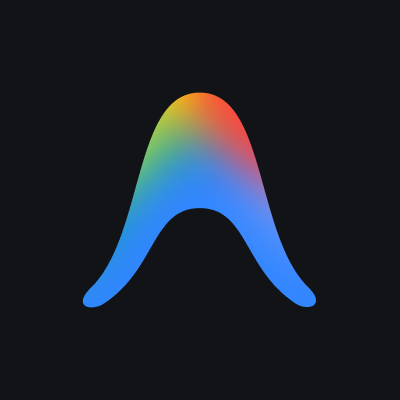
Antigravity
Antigravity is an agent driven development platform from Google that allows AI agents to write, test and validate software inside a complete desktop environment. It gives agents controlled access to the editor, terminal and browser so they can generate code, run applications and provide clear evidence of their work through artifacts like plans, diffs and recordings. By combining multi model intelligence with autonomous task execution, Antigravity acts like a dependable engineering partner that handles routine development, verifies results and supports higher level workflows. Its dual workspace system and multi agent coordination features help teams move faster, maintain cleaner code and build software with greater confidence and efficiency.

Devlo
Devlo is an AI powered engineering partner that helps software teams build, review, and maintain code with greater speed and consistency. It connects directly to your repositories and development workflow to automate issue resolution, generate pull requests, analyze code quality, and support day to day engineering tasks. By combining code understanding, workflow automation, and intelligent collaboration features, Devlo acts like an always available teammate who can handle routine work, enforce best practices, and improve overall productivity. With integrated project management, code analysis, and automated contributions, Devlo helps teams scale development output while keeping codebases clean, secure, and well organized.

Codemender
CodeMender is an AI powered security agent that automatically detects, analyzes, and repairs software vulnerabilities at scale. It combines advanced program analysis, multi agent reasoning, and automated validation to help developers secure their codebases with greater speed and accuracy. By integrating debugging tools, static and dynamic analysis, fuzzing, and intelligent patch generation, CodeMender can identify root causes, create high quality fixes, and rewrite unsafe code patterns before they become exploitable. With autonomous reasoning, safety checks, and human review workflows, CodeMender gives teams a reliable way to maintain secure code, eliminate entire classes of vulnerabilities, and strengthen the long term resilience of their software.
Trending AI Agents
View All Agents →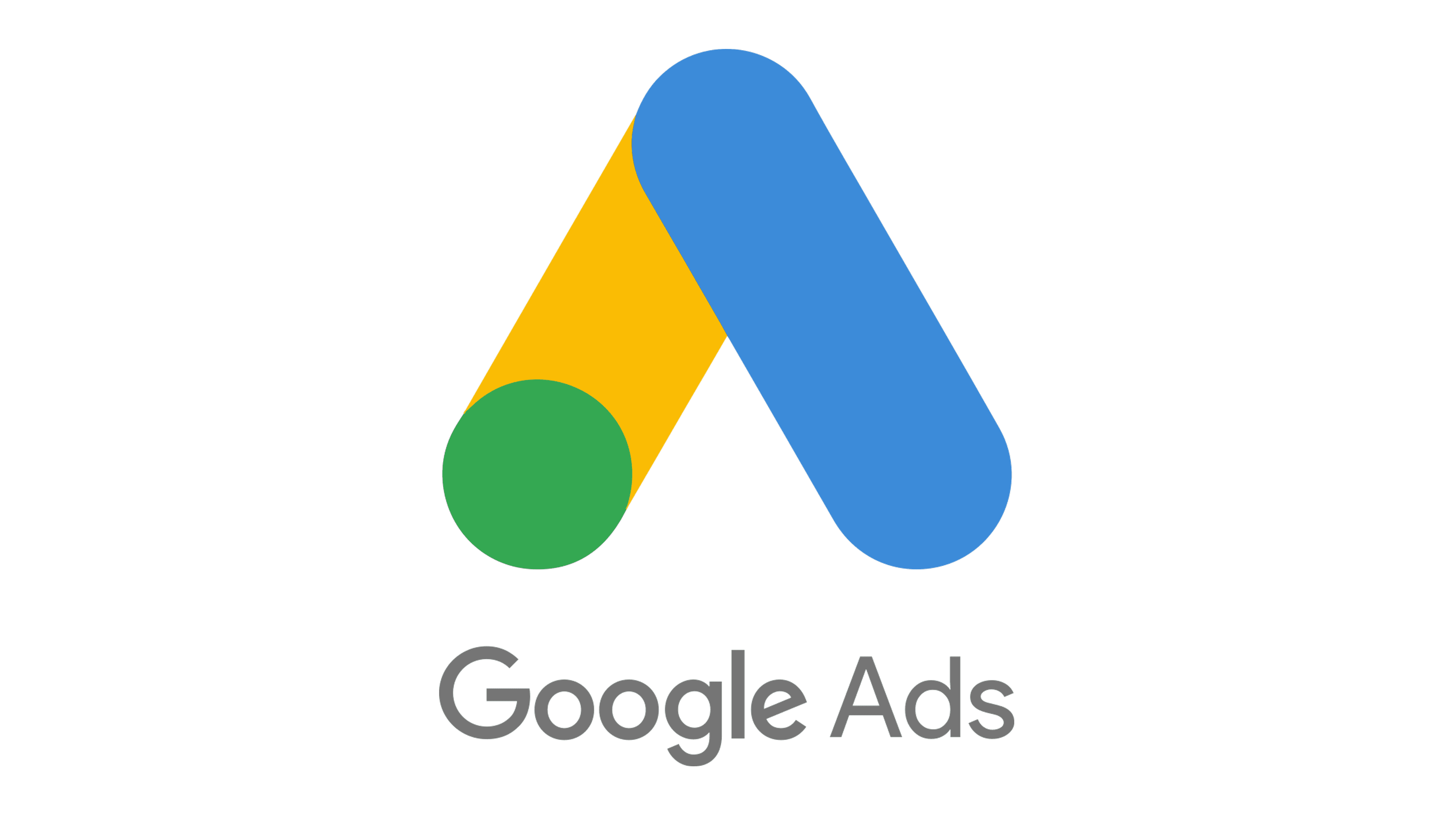
Google Ads Advisor
Google Ads Advisor and Analytics Advisor are AI powered assistants that help advertisers optimize campaigns, understand data, and make faster decisions across Google Ads and Google Analytics. They combine generative AI, real time insights, and account level learning to simplify how marketers manage performance. By integrating optimization tools, conversational analysis, and automated recommendations, the advisors make it easier to create high quality assets, discover growth opportunities, troubleshoot issues, and improve results. With personalized guidance, natural language interaction, and automated actions, these AI agents help teams streamline workflows, reduce manual effort, and scale more effective advertising strategies.
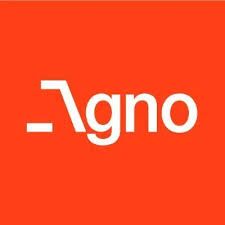
Agno
Agno is an AI-native workspace that allows teams and developers to build, deploy, and manage intelligent agents from a single platform. It combines model integration, workflow automation, and collaboration tools to streamline how AI systems are created and operated. With visual builders, API support, and enterprise-level management, Agno makes it easy to orchestrate multi-agent workflows, connect large language models, and scale production-ready AI solutions.

Pomelli
Pomelli by Google is an AI-powered reasoning and research workspace that combines structured intelligence, collaboration, and Google’s ecosystem into one adaptive environment. It enables users to explore ideas, analyze information, and build reasoning chains with full transparency. Integrated with Gemini and Google Search, Pomelli helps individuals and teams connect data, context, and insights across documents, Drive, and the web. Designed for researchers, strategists, and professionals, Pomelli transforms unstructured thinking into organized, explainable knowledge.
